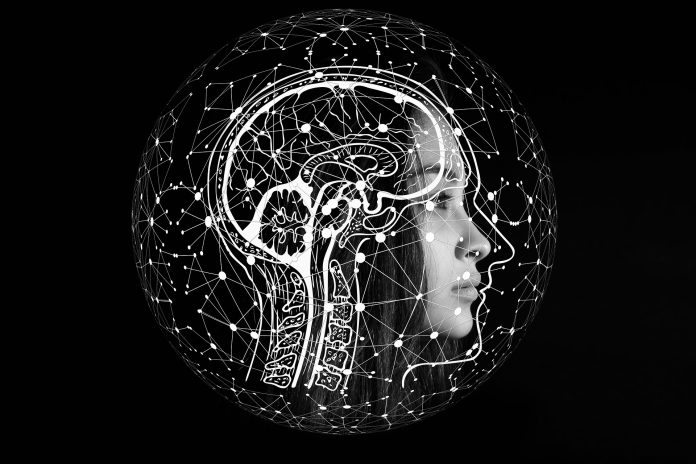On Thursday, 12 October 2023, an international group of scientists unveiled an incredibly detailed map of human brain cells, revealing the immense diversity of neurons that go into making us who we are. This comprehensive atlas has been published as part of a substantial collection of 21 research papers in the journal Science. Each of these papers has taken a distinct approach to answering two fundamental questions: What are the various types of cells present in the human brain, and what sets the human brain apart from those of other animals?
Akin to plotting every star in the milky way
The challenge of mapping the entire human brain, with its hundreds of billions of interconnected cells, is akin to plotting every star in the Milky Way. Each brain cell contains its own intricate universe of operations. However, much like advanced telescopes have enhanced our understanding of the universe, the analytical tools introduced in this research promise to provide neuroscientists with an unparalleled level of insight into brain cell structure and function. According to Andrea Beckel-Mitchener, deputy director of the US National Institutes of Health’s BRAIN Initiative, which funded this cell atlas project, this breakthrough offers “unprecedented resolution in observing brain cells” and will open new avenues for comprehending brain function.
This achievement represents a significant stride towards deciphering the cellular complexity of the brain, as stated by Bing Ren, a lead investigator on the atlas project and a professor at UC San Diego. The results have been nothing short of astonishing. While this isn’t the first brain cell atlas, it is unquestionably one of the most detailed. The 21 papers are the culmination of the five-year BRAIN Initiative Cell Census Network (BICCN) program, funded with $100 million by the NIH. This ambitious undertaking aimed to provide an in-depth catalogue of cell types, akin to the monumental effort of the Human Genome Project. As Beckel-Mitchener explains, “The cell atlas project is the biggest team science effort in neuroscience.”
Long thought impossible
Traditionally, understanding the human brain’s complexity has been an elusive goal due to its intricate web of interconnected components. Ed Lein, a senior investigator at the Allen Institute for Brain Science and a leader in the atlas project, aptly describes the brain as not merely a single organ but rather “like a thousand organs.” The new data set has dispelled the hypothesis and allowed scientists to grasp the cellular diversity that underlies this complexity.
To comprehend the diversity of cells, neuroscientists are applying techniques from genomics. Although all brain cells share the same DNA, they employ different sets of genes that dictate the proteins they produce. This genetic variation influences the cell’s appearance, development, and connectivity with other cells.
While a cellular map of the mouse brain had previously been developed, the task of applying these methods to human brains was formidable. Human brains are approximately 15 times larger than mice’s, with a thousand times more neurons. This research involved a collaboration of 250 researchers across 45 institutions worldwide. The division of processed brain tissue from three donated human brains across laboratories marked the beginning of this extensive project. Molecular biologists sequenced DNA, and computational biologists conducted the subsequent analysis.
A compound of studies
One study, led by Bing Ren, investigated the molecular switches governing gene activity in over a million human brain cells, identifying over 100 distinct cell types across 42 different brain regions, exceeding expectations. The research team also employed deep-learning models to decipher complex genetic code, shedding light on previously indecipherable gene sequences.
This data offers a significant step towards understanding how genetic regulation influences cellular function and its implications for disorders such as schizophrenia and Alzheimer’s disease. The ultimate aim is to trace the genetic origins of brain diseases and develop targeted treatments, which is considered the “holy grail for human genetics research.”
The ongoing efforts of the BRAIN Initiative are focused on adapting methods from mouse studies to human and monkey brains, characterizing cell types, and identifying molecular distinctions unique to humans. This research aims to bridge the gap between animal studies and clinical trials, potentially reducing the number of failed drug trials in humans.
Much work still to do
Despite the valuable insights provided by the brain cell atlas, it does not reveal the brain’s connectivity, the formation of neural networks, or their role in generating thought and behaviour. Further research is needed to understand these intricate connections.
Notably, the studies published today primarily examined tissue from three neurotypical men of European ancestry. The decision to focus on molecular detail rather than human diversity was made due to the immense scale of this project. However, the release of this comprehensive atlas presents an opportunity for future researchers to explore its data and contribute to drug discovery, basic science, and clinical research.
In conclusion, these findings mark the beginning of a new era in neuroscience, where the development of personalized treatments for brain disorders becomes a more attainable goal. As Amy Bernard of the Kavli Foundation aptly puts it, this research is both incremental and groundbreaking, promising a brighter future for understanding and treating brain-related conditions.


